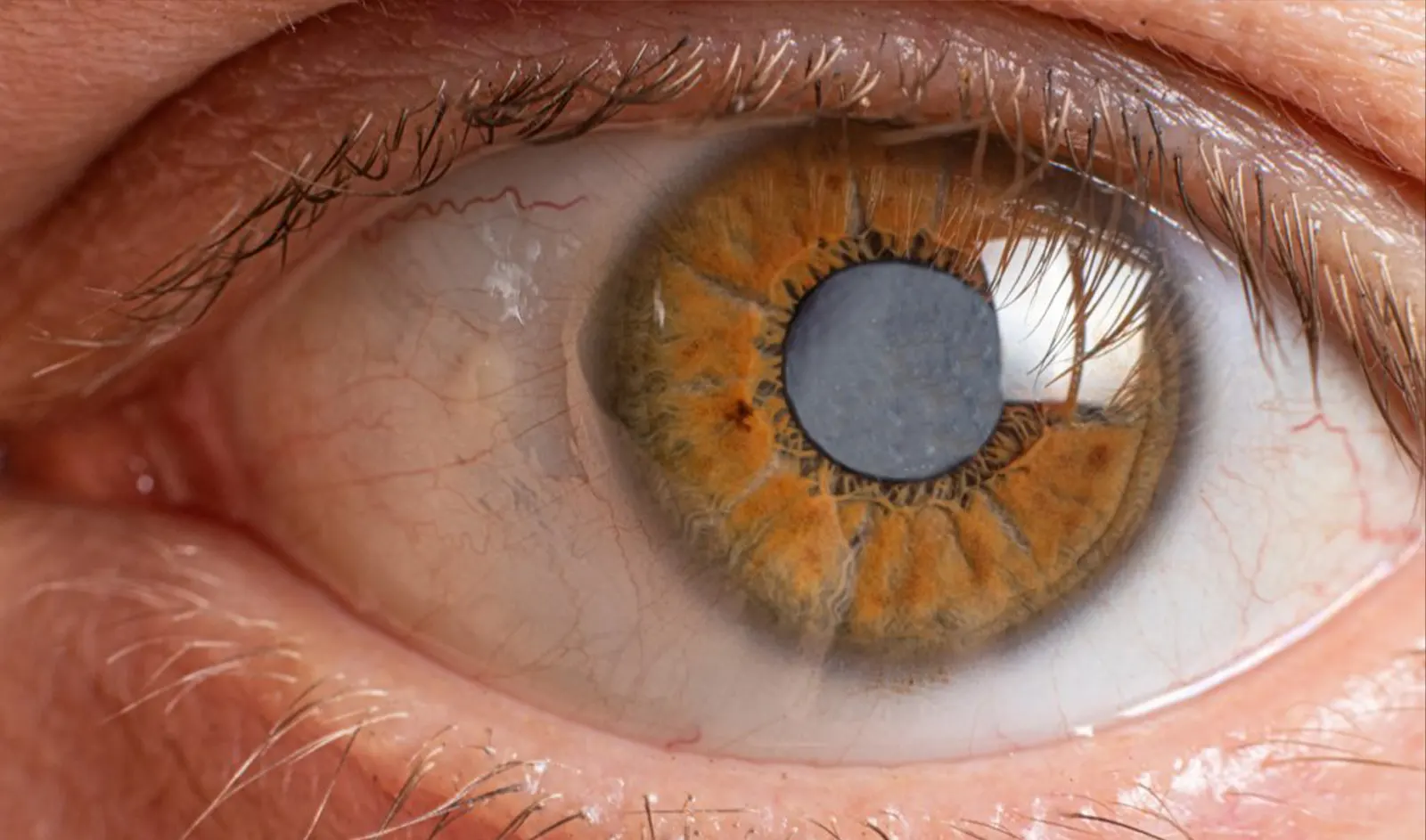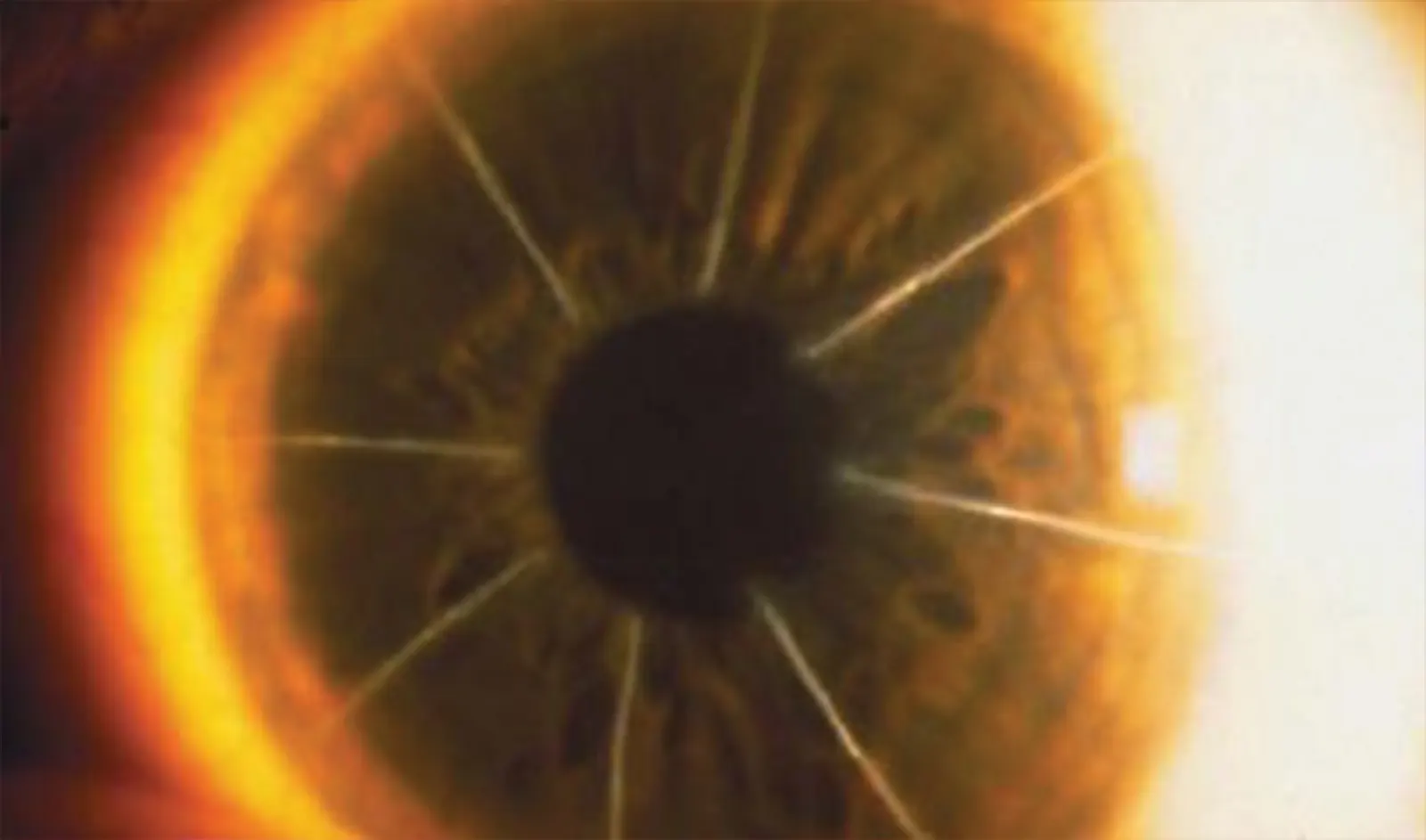While it’s been said that the eyes are the window to the soul, it’s a scientific fact that the cornea is the window to the eye. It’s the first layer between the eye and the outside world, and because it’s completely translucent, we often take it for granted. That is until it weakens and becomes misshapen, a condition known as corneal ectasia. Two of the most common causes of this distortion are Keratoconus and Irregular Astigmatism.
Previously, patients could only fight these diseases with contacts and glasses, scleral lenses, and then cornea transplant. . But a newer approach called topographic guided ablation (WaveLight Contoura) followed by Corneal Cross-linking offers a much-needed alternative and even cure.
Keratoconus is a disease characterized by the thinning and misshaping of the cornea. Over time, as the disease progresses, this vital layer becomes cone-shaped, distorting your vision. It’s like forcing yourself to see through an ever-bending piece of glass.
If you suffer from Keratoconus, you may have experienced blurry vision, curved lines that should appear straight, sensitivity to light, redness, and swelling. Over time the vision gets progressively worse, and becomes harder to treat with glasses or contacts, and eventually even fitting hard lenses such as scleral and RGP lenses becomes difficult. Because these symptoms can get progressively worse as time goes on, early detection is crucial, and because the worse the cornea thins as the disease worsens you become a worse candidate for treatment.
Like Keratoconus, astigmatism is a visual distortion, but its cause is the misshaping of the entire eye. Irregular Astigmatism occurs when the way the eye is misshapen and not uniform. Think of it as the difference between squeezing a stress ball on both sides versus clenching it with your fingers from multiple directions. The result is distortions of the cornea similar to Keratoconus, which results in blurred vision, headaches, and eye strain.
Traditionally, doctors have used ever-strengthening contact lenses to accommodate for changes in the cornea. Initially, physicians were taught the best approach was to correct the patient’s vision and not the underlying problem because nothing could be done. As a result, patients would see their disease progress until, eventually, their corneas could no longer do their job. At that point, the only next step was to undergo a corneal transplant.
A corneal transplant involves replacing some or all of your cornea with one recently harvested from a deceased person. In the end, you see through the cornea they once used. For many patients, this can represent a significant improvement in both their visual acuity and other eye symptoms.
Corneal replacement does, however, come with surgical risks. First, everyone’s eye has a unique shape, and therefore the cornea you receive will not precisely fit your eye which may cause visual distortions. Many patients end up with significant visual issues after cornea transplant. Second, like in any other transplant, there is a chance your body will reject the new cornea and cause the transplant to fail.. Third, a surgical complication can cause damage to the eye or fail to center the new cornea properly. And finally, there is a risk of infection of the eye after the surgery.
Corneal cross-linking is a way to stop your eye’s progression from mild Keratoconus to a full cornea transplant. Instead of merely correcting the vision and waiting until a transplant is needed, doctors can now strengthen the cornea and preserve its current shape. Therefore, although the procedure in itself may not eliminate the need for lenses, it stops corneal disease progression. As a result, whatever method you use to then correct your vision (contact, glasses, or surgery) can retain its full effect for an extended time. Unfortunately, if your cornea is irregular and vision distorted, cross-linking stops disease progression but doesn’t help improve vision. This is where decreasing the irregularity by segmental corneal laser reconstruction using topographic guided ablation can improve the shape of the irregular cornea, and then cross-linking “freezes” it in place. 
To start the procedure, your doctor injects your eye with a natural substance known as riboflavin. Then an ultraviolet light at a precise wavelength, strength, and amount of time is applied to your cornea. As a result, a biochemical reaction occurs, causing new bonds to form between the cells within the cornea. This process makes the cornea durable and resistant to distortion.
To be an ideal candidate for corneal cross-linking, you should be diagnosed with Keratoconus or Irregular Astigmatism and have a cornea that’s at least 400 microns thick. Before you reach for a ruler, corneal thickness is measured in a specific exam by your doctor. As a potential patient, you need to know that early detection is vital. The more corneal tissue your doctor has to work with, the more corrections they can make. Since the corneal reconstruction by laser also requires tissue, it’s important to get early detection and treatment to have enough tissue for the most ideal result.
Although most patients take one week off work for recovery, some may require less or a little more.. During the first three to seven days after surgery, patients have limited vision due to the healing of the epithelium, or the innermost layer of the cornea. Then, for the next two to three weeks after surgery, patients may experience some nearsightedness. The full effect of the operation takes approximately six to twelve months.
Life is too short not to see it in full detail. Don’t wait until Keratoconus or Irregular Astigmatism claim more of your sight to make a change. With the surgical advances of Corneal Cross-linking combined with topographic guided ablation, you can preserve your vision and avoid the need for more extensive surgery.
To learn more about Corneal Cross-linking and Contorua, and how it can save your vision from worsening, contact Dr. Manoj Motwani’s office today to set up your free consultation!

Cataract Surgery is the most performed surgical procedure in the United States, and has a phenomenal track record for improving…
Read More
The treatment of trauma with topographic-guided ablation depends on the level of scarring caused by the trauma, the position of…
Read More
In the dynamic world of eye care, keratoconus treatment has become a focal point due to the condition’s impact on…
Read More